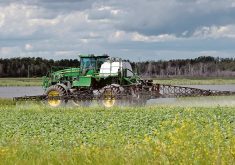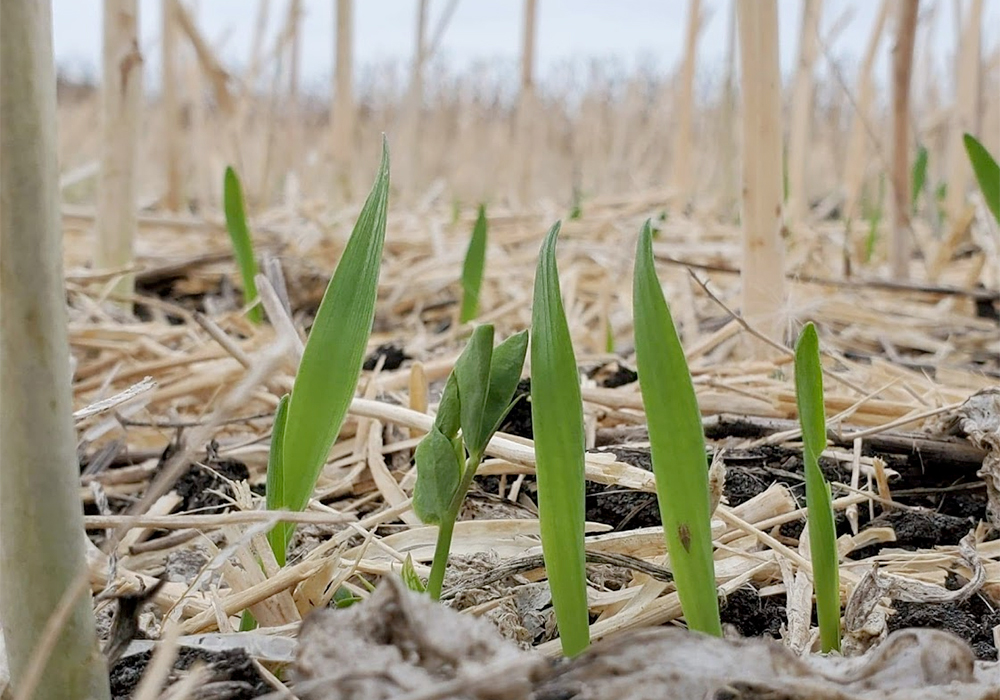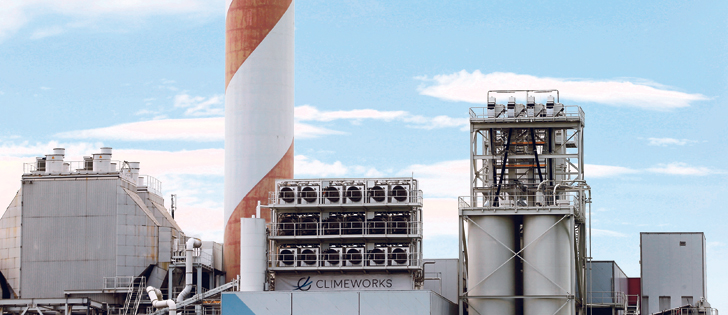Longer growing season | Most effects in Canada are expected to be positive, but warmer weather will require adjustments
Climate change is on the minds of Canadian plant breeders.
Speaking at the recent Canadian Wheat Symposium in Saskatoon, researcher Ron DePauw identified an increasing frequency of extreme temperatures as a challenge to grain production and food security in coming generations.
“There’s going to be intensity of weather events. There will be localized flooding, and wheat, like many other crops, does not tolerate flooding, but how do we go about doing it is a major challenge,” said Depauw, senior principal wheat breeder with Agriculture Canada.
Read Also

New Alberta funding for program hopes to further unlock agritourism industry in province
Alberta Farm Fresh Producers Association is launching a new initiative thanks to $300,000 of provincial funding to bolster Alberta’s smaller scale family farms and agritourism sector.
“We have to prioritize the traits. I think the flooding is more likely to be localized, whereas if you have a heat shock, it’s going over a much bigger area.”
He said the United Nation’s Intergovernmental Panel on Climate Change has projected that climate change will cause more precipitation, more warm days and more heat waves and drought in some regions.
“We’re really trying to figure out how to prepare for the future,” said DePauw.
For example, breeders can simulate drought conditions in nurseries to help select lines that have a stronger tolerance to heat shock.
Climate projections to 2050 indicate that farmers in Western Canada could see a longer growing season and fewer negative impacts than other parts of the world.
Yield losses caused by late seeding may be reduced, but a longer, warmer season will also require farmers and breeders to change practices to optimize plant emergence, flowering and maturation to avoid heat stress.
“Right now, our projections are that it’s going to get warmer in July and August (in Western Canada) on average. That means there’s going to be some spikes,” said DePauw.
“Those spikes are going to cause irreparable damage. That’s what we’ve got to be anticipating.”
Researchers at the Semiarid Prairie Agricultural Research Centre in Swift Current, Sask., used weather records and multiple climate change and greenhouse gas projections to determine that seeding dates in southwestern Saskatchewan could advance by seven to 11 days in the future.
It could see growers seeding as early as April 5-9 with spring wheat crops reaching anthesis in June rather than July.
The study found smaller advances further north: for example, two to four days in Melfort, Sask.
“Earliest average seeding time advances at all locations. The impact of that would be we have an increased length of cropping season. You have flowering in June rather than July,” said DePauw.
“This might allow some escape of heat and drought, but there’s another opportunity here: the choice of crops. Winter wheat might be a much better fit.”
Breeders and farmers will have to respond to the challenge of climate change while also increasing yields, said Hans-Joachim Braun of the International Maize and Wheat Improvement Center.
He said the largest crop losses to heat stress are expected in corn, but wheat crops are also vulnerable. His organization projects that wheat yields must rise 60 percent by 2050 to meet global demands.
“This here is an area which we really need to invest in in the future because it will get warmer,” he said.















